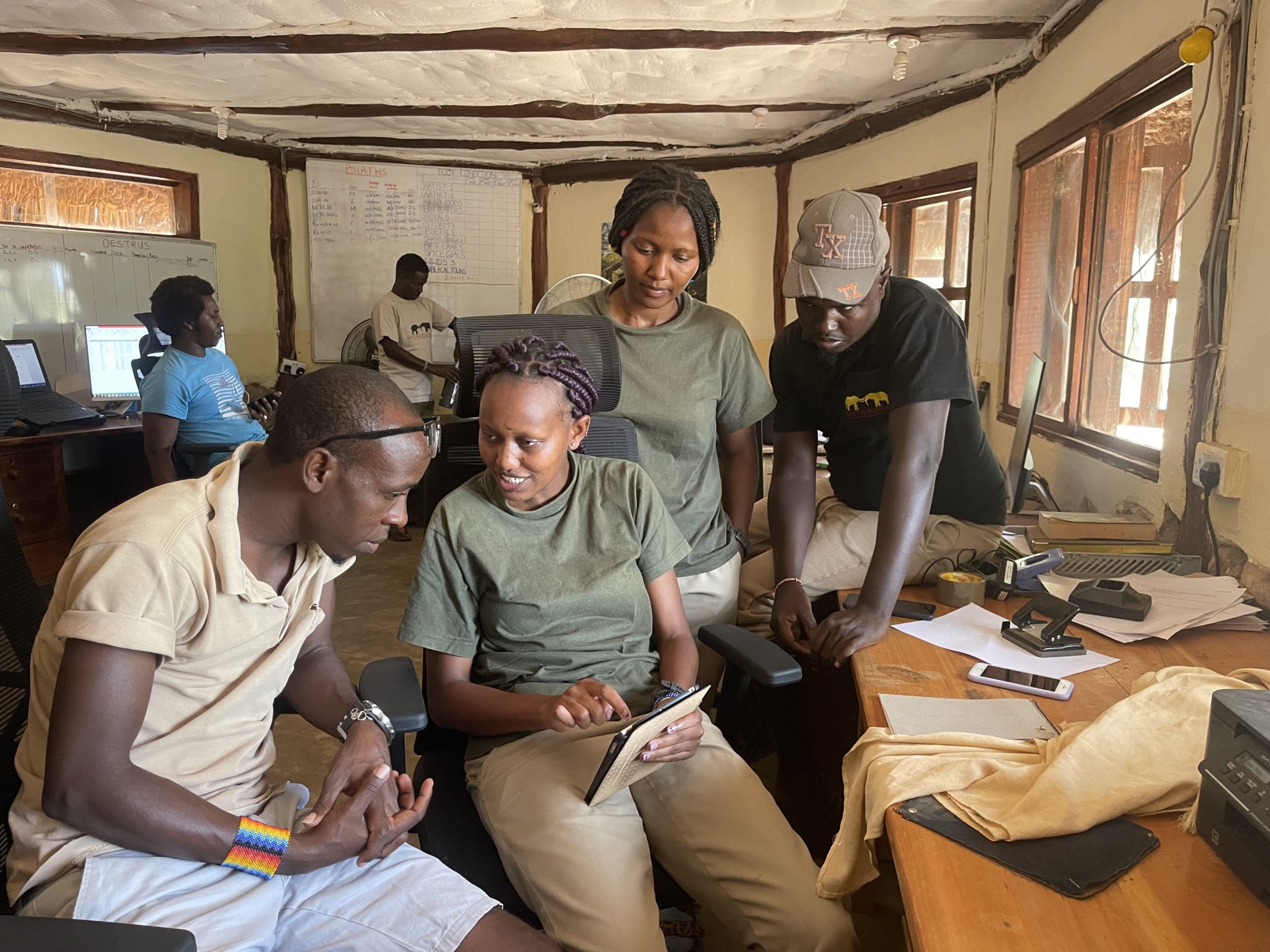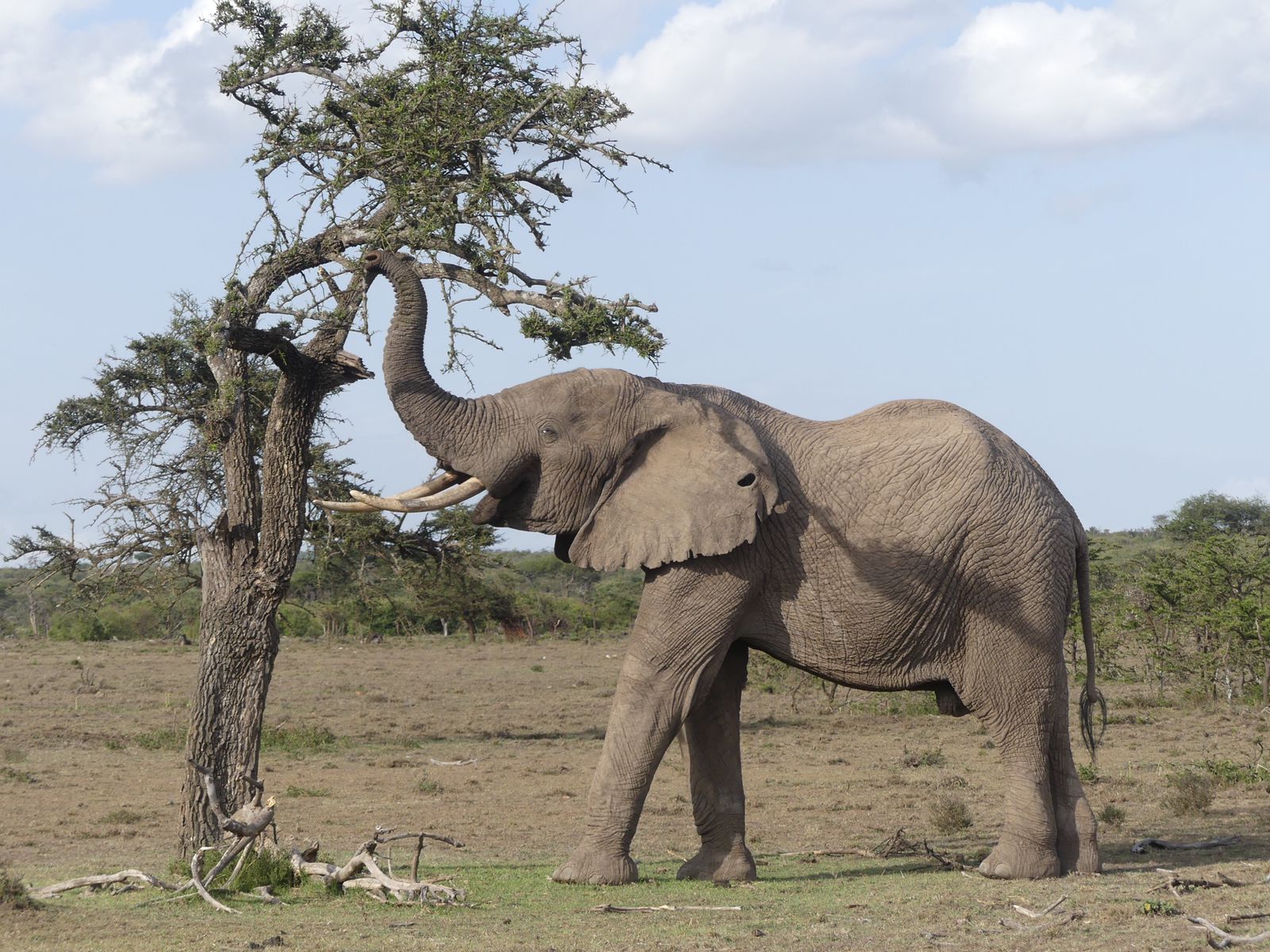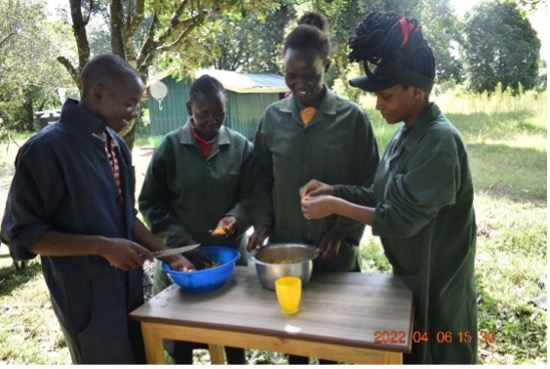Mara Elephant Project had the pleasure of hosting our key partner the Wildlife Research and Training Institute (WRTI) for a visit at our headquarters in April, which allowed them to join for the collaring operation. MEP will be supporting WRTI’s efforts to setup EarthRanger as their data platform.
Catherine Villeneuve, who received support from the Allen Institute for AI (AI2), arrived on MEP’s campus in late April. She is doing an MSc at University of Laval in Quebec and is helping MEP to develop machine learning approaches for the analysis of movement data. She will also be contributing to MEP’s Ecoscope project. In addition to Catherine, two WRTI graduates arrived at MEP in the second quarter to start a 6-month internship program in conservation technology also supported by AI2. They will be learning all about EarthRanger, Elephantbook, Ecoscope, ArcGIS and mobile field apps and other technologies MEP is building or using. The MEP Research Department made significant progress in extending Ecoscope during the second quarter and we now have a rich set of movement and environmental analysis tools to generate conservation and research outputs with.
Dr. Jake Wall joined MEP’s long-term monitoring (LTM) team in Samburu to see our partner Save the Elephants (STE) field monitoring work firsthand. We were able to show STE the latest technology MEP has developed to identify elephants and learn more from their LTM team on individual elephant identification. Collaborative efforts like these are key opportunities to share knowledge and expand MEP’s ability to produce impactful outcomes with our research.
© Gilbert Sabinga/Save the Elephants
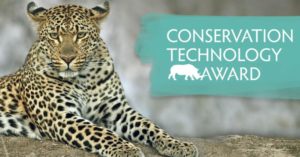 Dr. Wall will once again be sitting on the selection committee for the 2022 EarthRanger Conservation Technology Award distributing two $15,000 grants.
Dr. Wall will once again be sitting on the selection committee for the 2022 EarthRanger Conservation Technology Award distributing two $15,000 grants.
All of our field assistants continued their work in the second quarter mapping fences, roads and landcover ground-truthing points using motorbikes and the TerraChart app. They recorded a total of 318.4 km of fences and 70 LCC points and covered a distance of 4,255 km on motorbike.
There were four collaring operations during the second quarter. Kenya Wildlife Service (KWS), WRTI and MEP re-collared Matali on April 22 not far from MEP’s headquarters. Matali is a bull elephant that was originally collared in May 2020 after being translocated by KWS from Kajiado County, not far from Nairobi. He is an important elephant to re-collar because his movements allow MEP rangers to react to conflict quickly and effectively in an area with growing infrastructure development. Additionally, his movements help KWS, WRTI and MEP better understand the connectivity from the Rift Valley and Mosiro into the Maasai Mara.
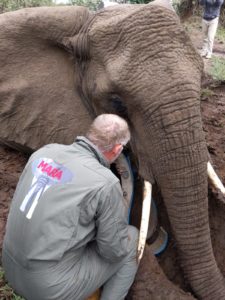 We also collared a new female elephant in a high conflict area that is near where collared elephants Clara, Harriet and Natasha reside. The elephant named Audrey was collared to allow MEP and KWS rangers to react to conflict and study this female and her herd’s movements through the area where the expanding human footprint has changed the landscape.
We also collared a new female elephant in a high conflict area that is near where collared elephants Clara, Harriet and Natasha reside. The elephant named Audrey was collared to allow MEP and KWS rangers to react to conflict and study this female and her herd’s movements through the area where the expanding human footprint has changed the landscape.
In June, MEP responded to reports of a very aggressive female elephant attacking motorbikes in an area nearby our headquarters. This type of aggressive behavior was uncommon for an elephant, and this female was a candidate for a collar so that KWS and MEP could track her movements in real time and respond accordingly. The cause of her aggressive behavior was revealed during the collaring operation when it was discovered she was missing the footpad on her front left foot which must have hurt her immensely while walking. KWS Vet Dr. Ndambiri treated her and she’s been named Kobe.
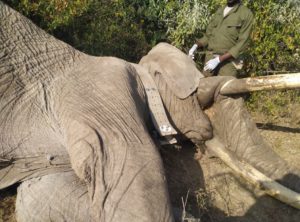 The second operation was a re-collaring for elephant Polaris. He was originally collared in June 2013 by KWS, WRTI and MEP to better understand how he was navigating between conservancies through increasing infrastructure development. Polaris is also a large bull elephant estimated to be over 50 years old, with large tusks, making him a potential target for poachers. We re-collared him in order to track his movements between safe areas, and the land use changes occurring around Pardamat and Ol Kinyei conservancies.
The second operation was a re-collaring for elephant Polaris. He was originally collared in June 2013 by KWS, WRTI and MEP to better understand how he was navigating between conservancies through increasing infrastructure development. Polaris is also a large bull elephant estimated to be over 50 years old, with large tusks, making him a potential target for poachers. We re-collared him in order to track his movements between safe areas, and the land use changes occurring around Pardamat and Ol Kinyei conservancies.
One of MEP’s most well-known collared bulls, Fred, was in musth during the first part of the second quarter. The MEP LTM team spotted Fred in Mara North and Lemek conservancies with several female individuals the team is researching. When male elephants are in musth, which can last days or months depending on the available mates, they can become aggressive due to their raging hormones. Luckily Fred is used to our research vehicle and was peacefully allowing our LTM team to film him. During musth, bulls have a very distinct smell coming from urine discharged leaving a scent trail that both humans and elephants can smell. You can see in the video Fred’s impressive size compared to the female elephants, all the better for passing along strong elephant genes.
On May 6, the MEP “Golf” ranger team monitored collared elephant “Indy” sponsored by the Indianapolis Zoological Society and her herd of over 70 elephants while out on patrol. They were all enjoying a drink in Olarro Conservancy. It’s important for rangers to monitor collared elephants while on patrol to check for any injuries sustained from conflict and to note herd size and the overall health of the collared elephant and their herd. We were happy to see collared elephant Indy and her family doing well.
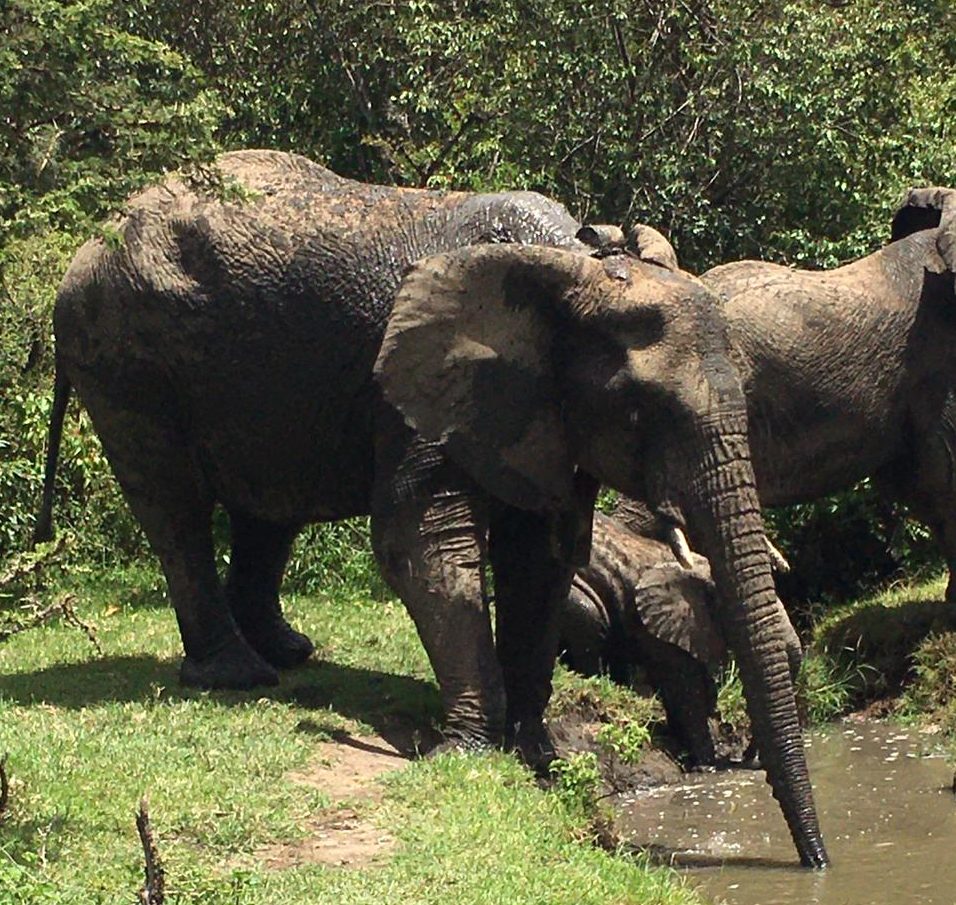

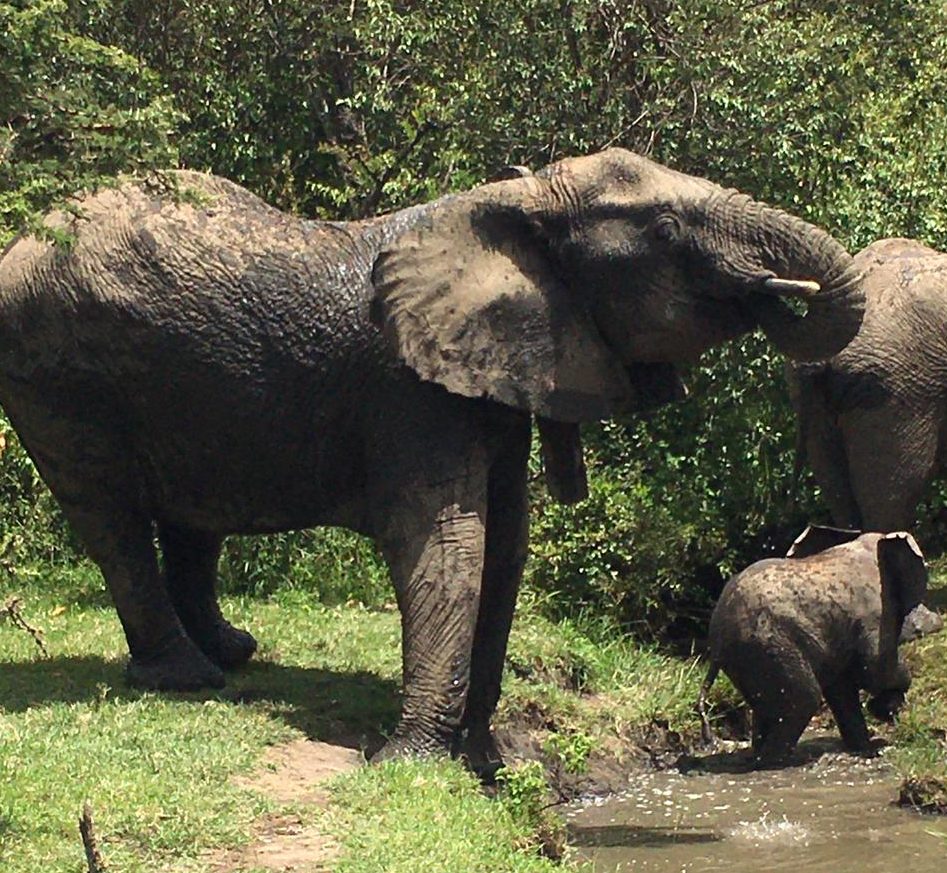
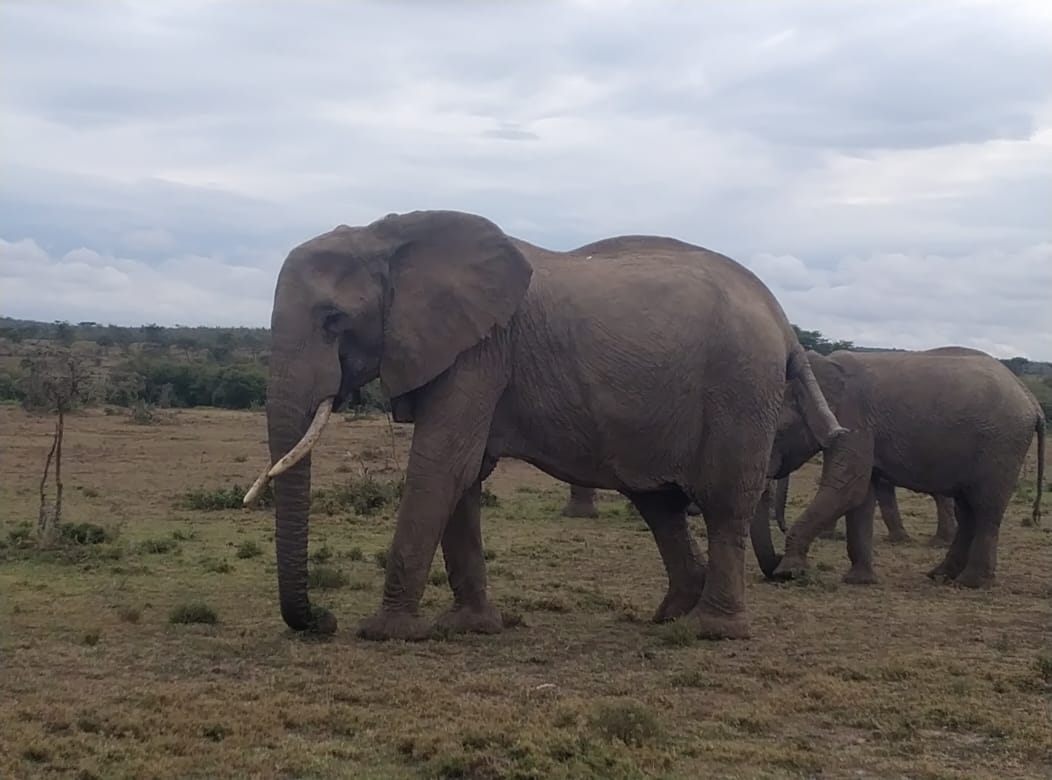
The MEP LTM team partnered with KWS and SWT in the second quarter on elephant treatments. The first took place in early June, when MEP was alerted to an elephant calf with an arrowhead injury. The LTM team quickly responded alongside MEP’s assistant senior warden to monitor the baby according to the location given in Mara North Conservancy (MNC). Luckily, they found him and confirmed that he had an arrowhead sticking out of his back and needed immediate vet intervention. KWS Vet Dr. Titus Kaitho from the SWT Mobile Vet Unit was called in to treat the baby and the arrowhead was successfully removed and the wound was treated. That very same day, a bull elephant required treatment for an infected wound on his rear left leg. The same team got together to treat this bull who was located nearby the first operation.
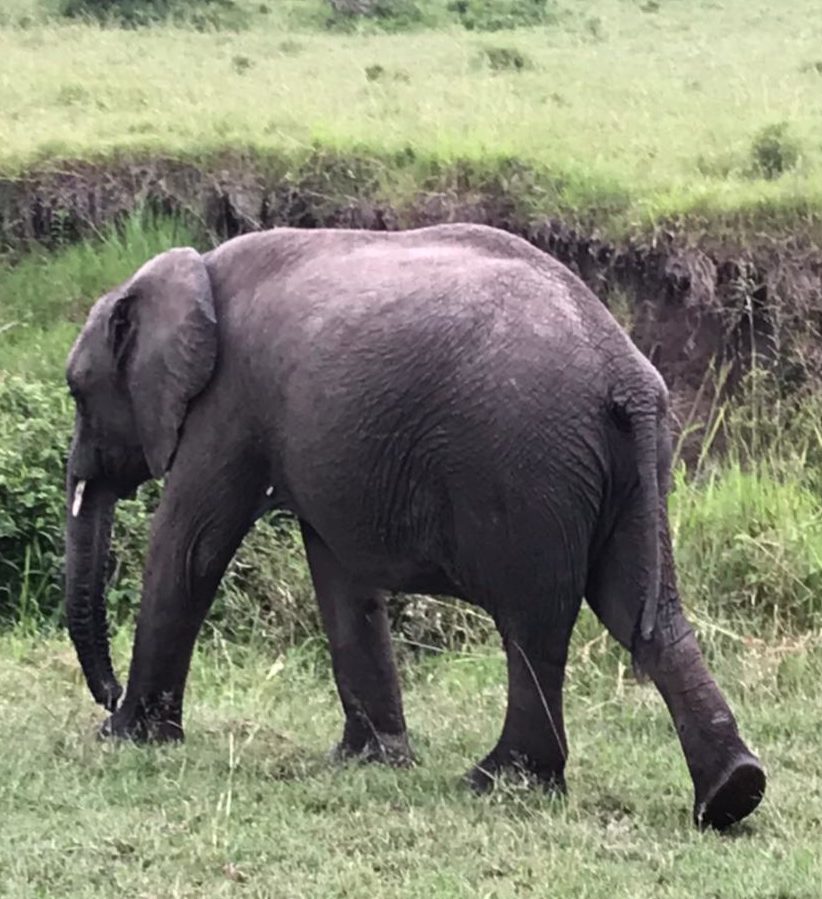

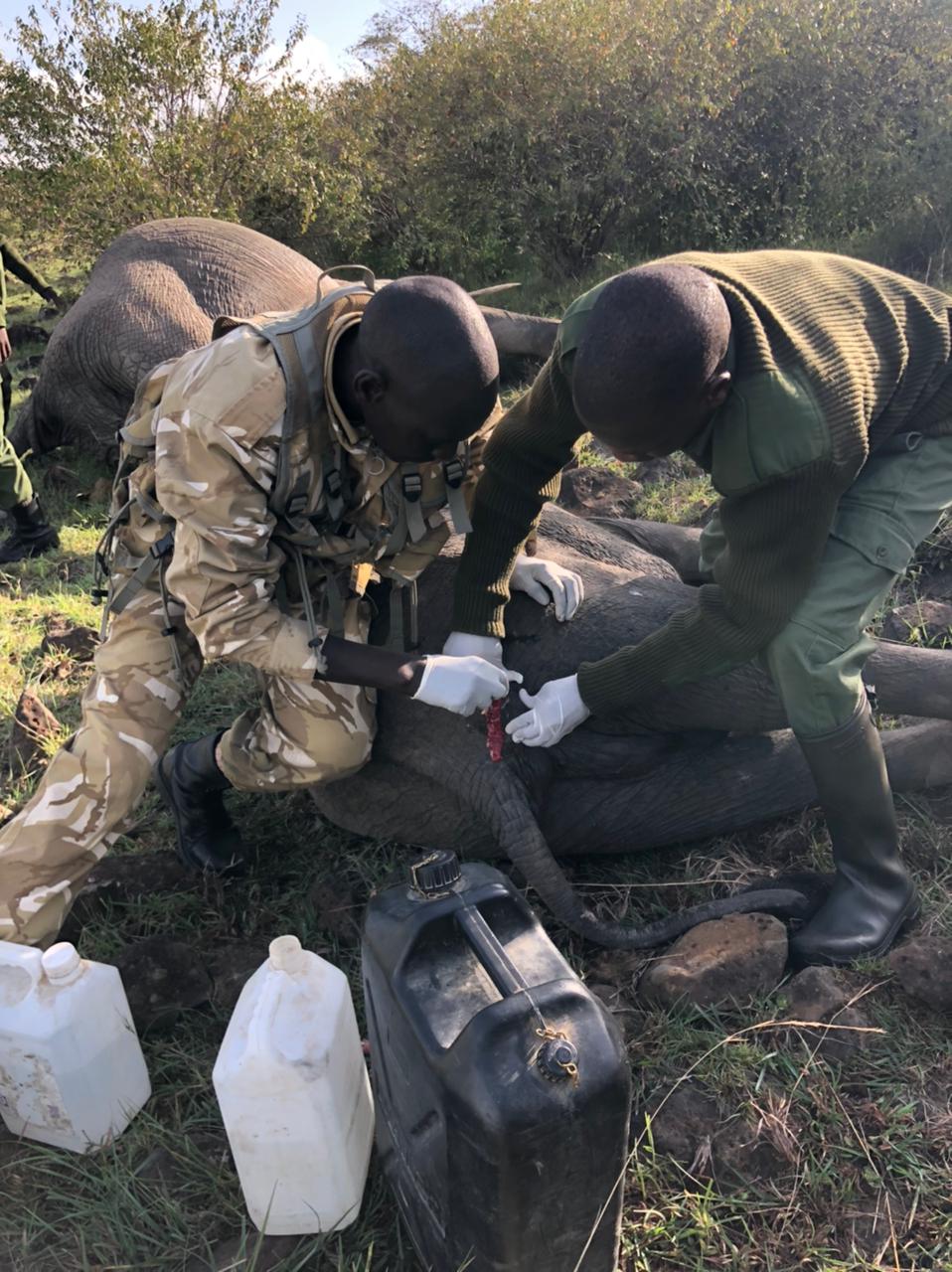
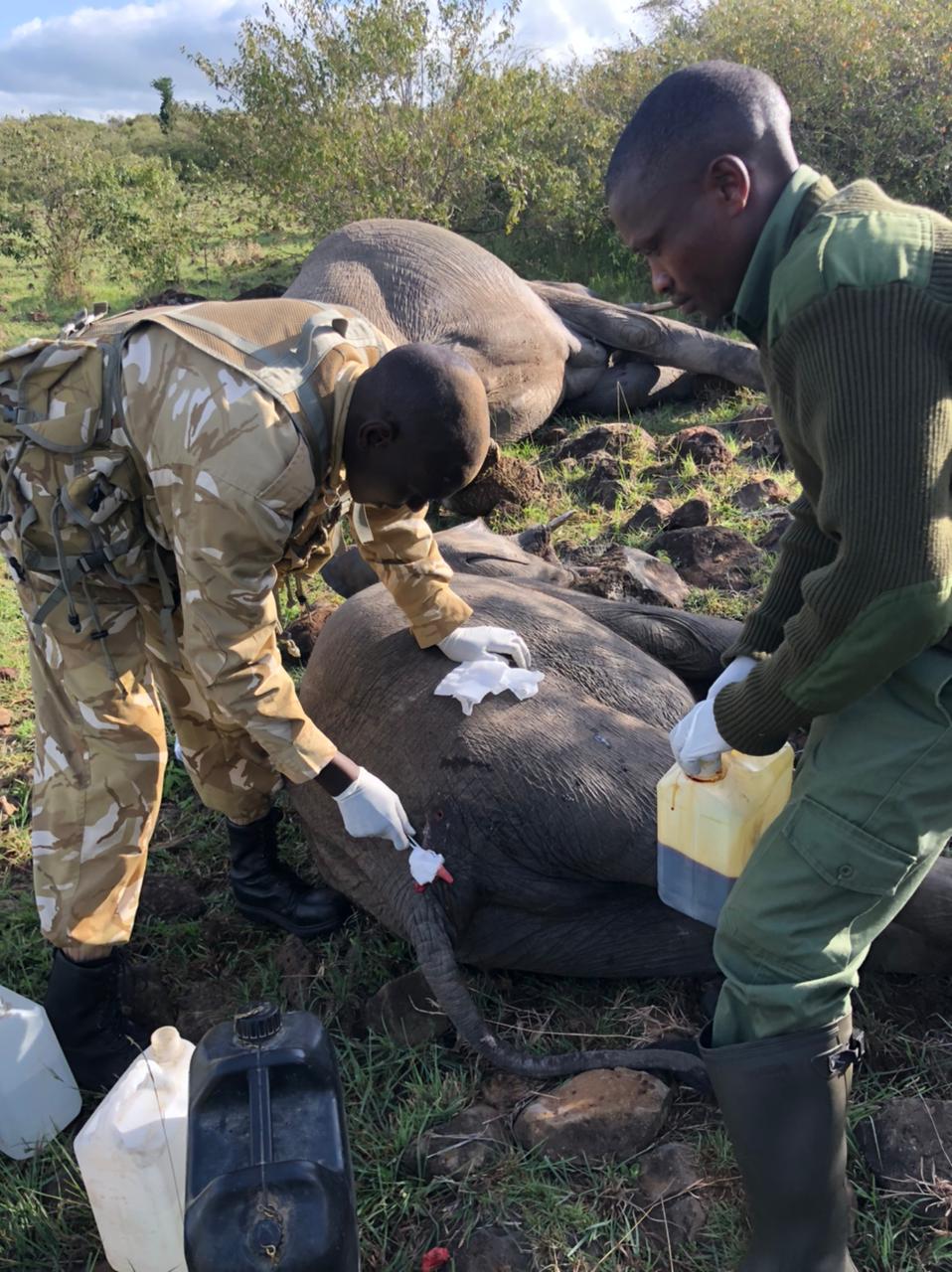
The MEP LTM team continued their work in the field researching the Mara’s elephant population and shot some great photos of individual 932, a newly identified male elephant in Ol Kinyei Conservancy.
The MEP Experimental Farm had some very exciting visitors in April, elephants. The farm is designed to test how palatable various crop types are to predators in the Mara, and since the launch in October 2021, we haven’t seen many elephants, mostly hippos, birds and monkeys. So, we were excited in April when elephants decided to visit for the first time. The elephants stopped by daily for a week and ate the maize (corn), one of their favorites, and even tested the ditch to access the maize in the middle, not gaining access. They did however gain access to the maize stepping right over the sunflower barrier to get to it. They also tried the sukuma (collard greens), but it appeared that they spit it out. They also raided the wheat, butternut squash, sweet potato vines, cucumbers and beans and uprooted and stomped on the chilies but didn’t appear to eat them. You can see in these before and after photos how much damage an elephant can do to crops in a short amount of time. That’s why finding solutions for local communities to grow elephant friendly crops for food or to earn an income is an important objective for MEP to combat the co-existence crisis.
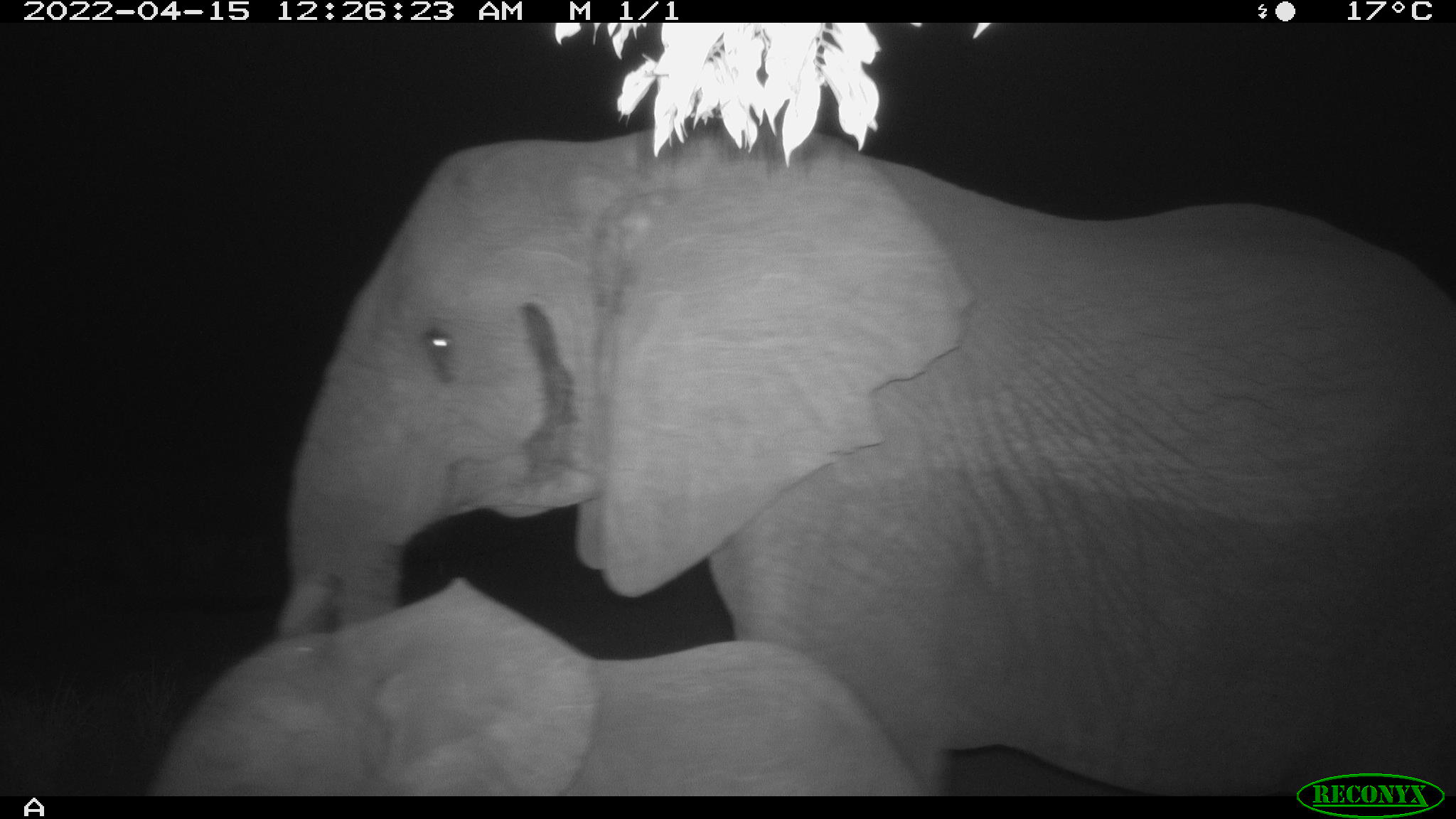
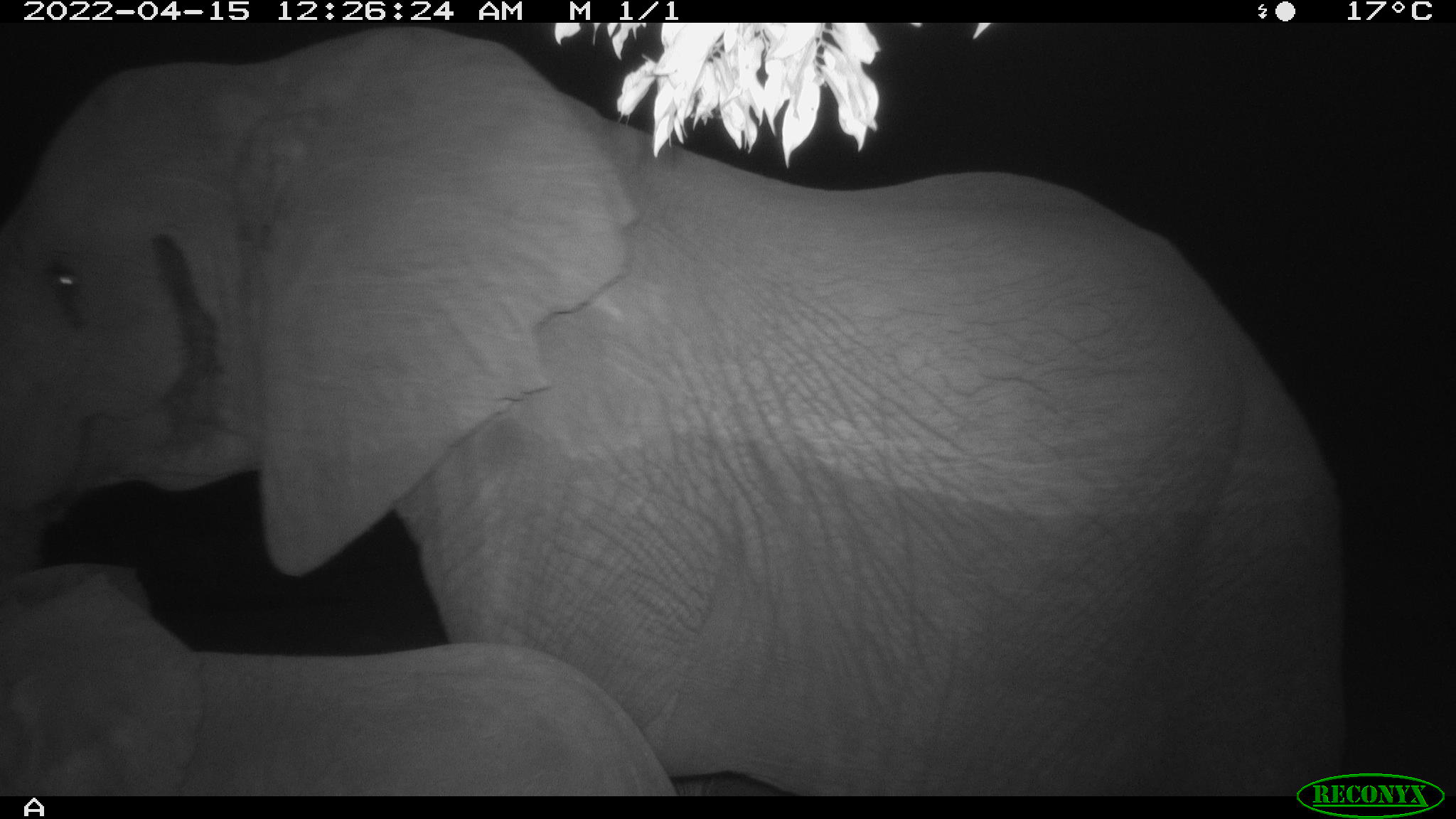

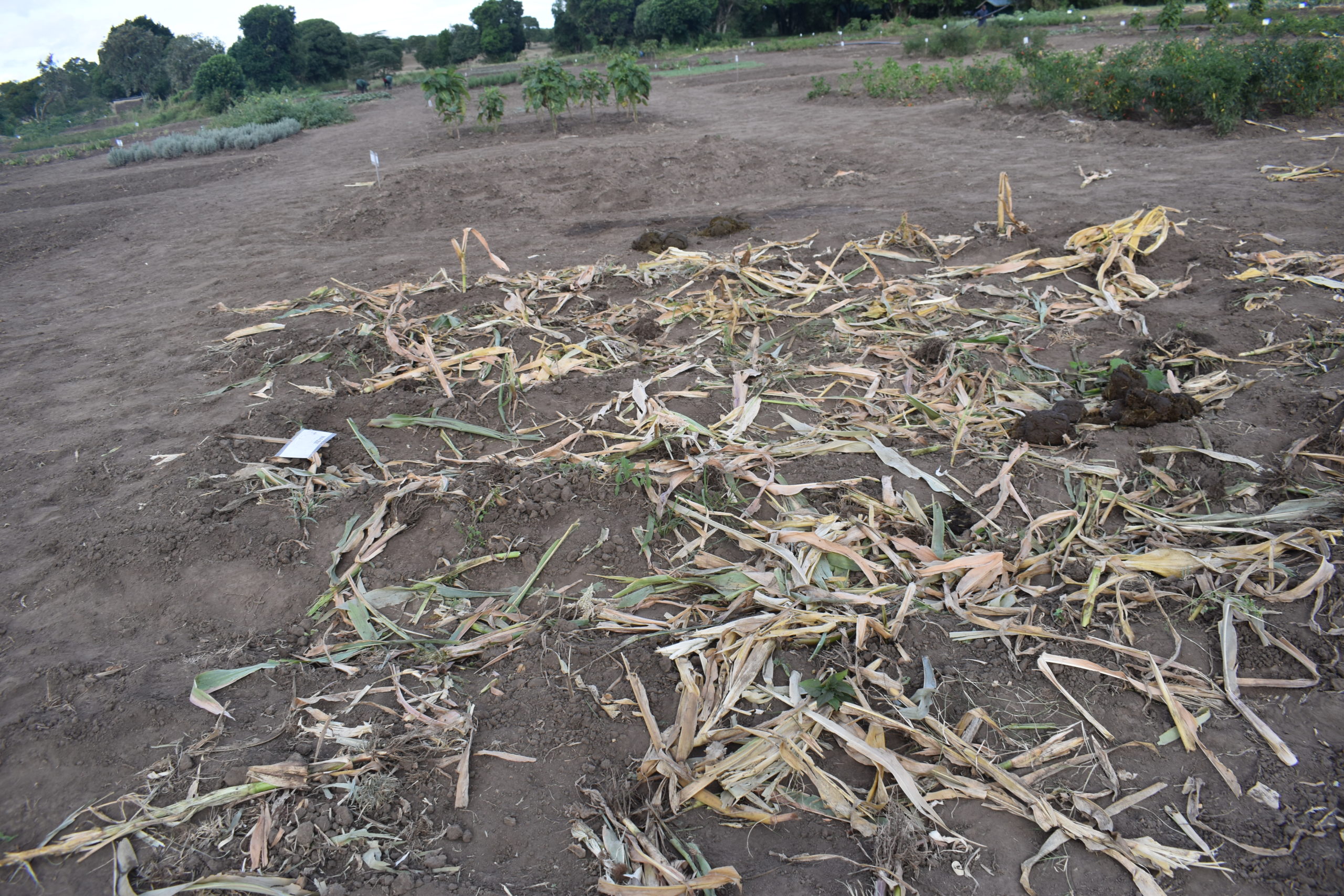

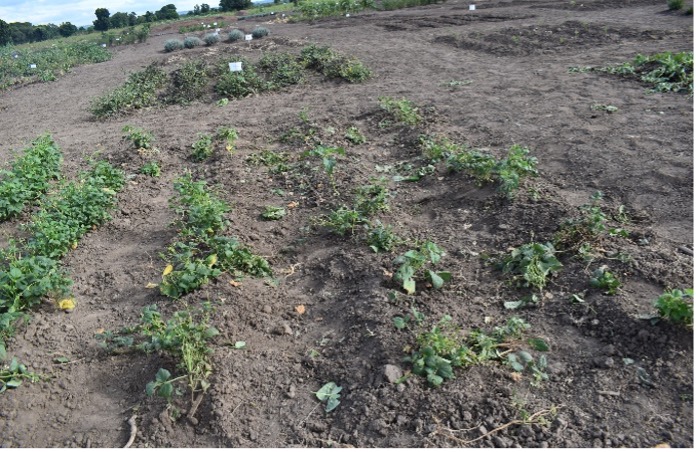

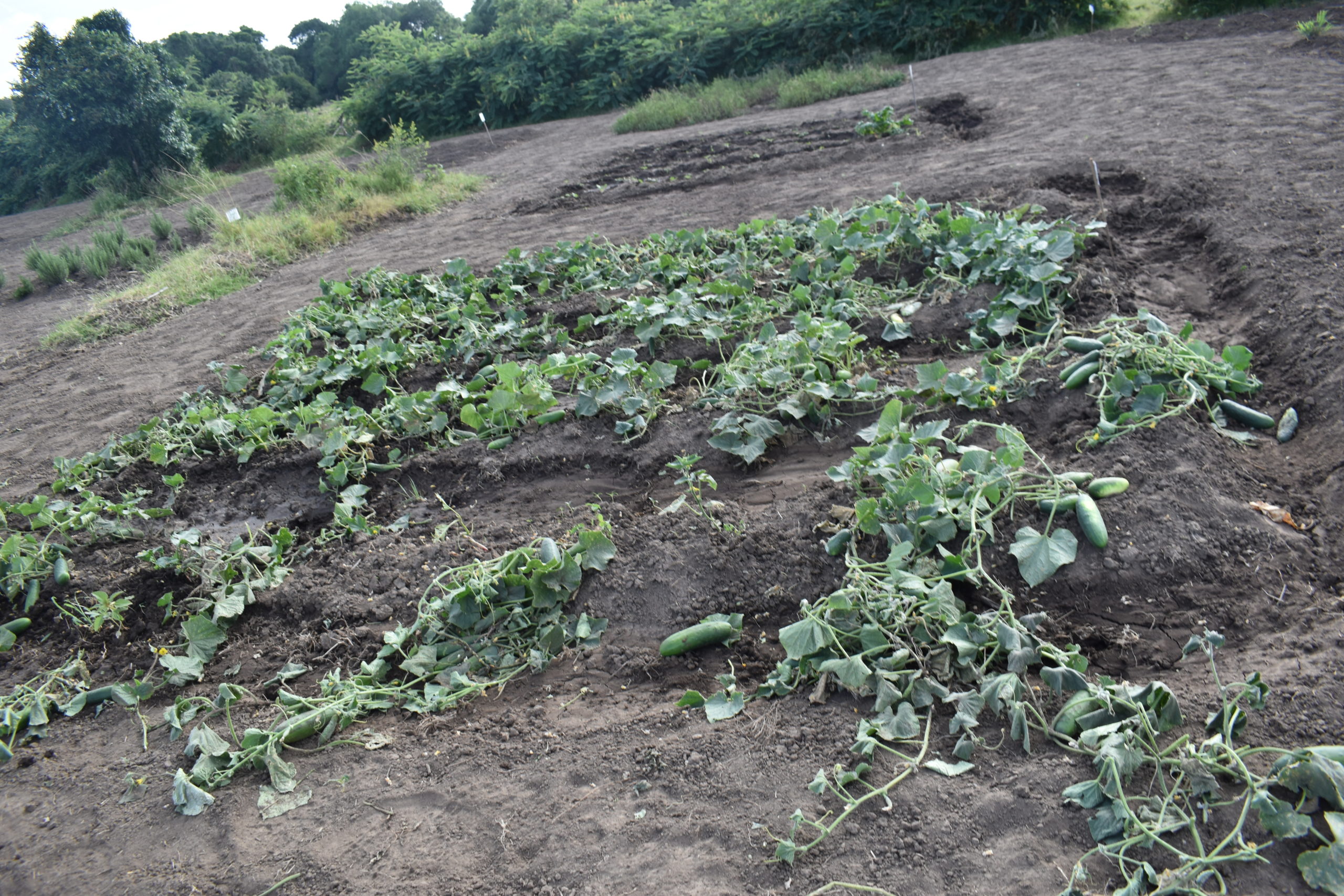
The farm also employed two more workers, a cook and a farm worker, helping the team with organic farming and good crop management practices. We’ve never had any luck growing gooseberries on the farm, which are a wild fruit in these parts of the Mara, because of the vervet monkeys, which previously has left us with almost zero to harvest. In April however, we were lucky to harvest a few kilograms and we took advantage of that and spent an afternoon making marmalade. A valuable exercise for the farm staff to learn value addition. Once we add more capacity, we plan to conduct a market study on the varies products that can come from gooseberries and how marketable it can be in Kenya.
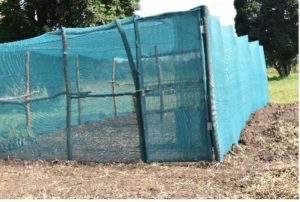 In second quarter, the MEP Experimental Farm purchased heirloom seeds and a kitchen garden and nursery structure using shade nets was built. They planted 27 different herbs and vegetables as well as five different varieties of tomatoes, sweet peppers and hot peppers. After the crops yield, they can re-produce the seeds that can be re-used in the farm unlike the hybrid seeds. More camera traps were also added at the farm to catch on film the animal responsible for the high level of predation.
In second quarter, the MEP Experimental Farm purchased heirloom seeds and a kitchen garden and nursery structure using shade nets was built. They planted 27 different herbs and vegetables as well as five different varieties of tomatoes, sweet peppers and hot peppers. After the crops yield, they can re-produce the seeds that can be re-used in the farm unlike the hybrid seeds. More camera traps were also added at the farm to catch on film the animal responsible for the high level of predation.
